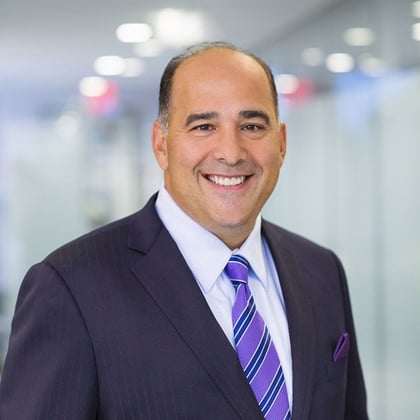What You Need to Know
- The pandemic has only accelerated global digitization and the need for personalization.
- Virtual communications represent a fundamental change that no wealth manager can ignore.
- About a quarter of consumers surveyed by Broadridge say they've dropped firms due to lack of personalized service.
In today’s fast-changing marketplace, personalization should be the compass that keeps wealth managers on the right path as they create new strategies to satisfy clients and grow their businesses.
The combination of rapidly evolving client expectations and even faster technology innovation is forcing wealth managers to make critical decisions about how to run their business. As they decide where to invest limited resources and time, managers should use personalization as their guiding principle.
Every day we are closer to an all-digital client experience. (Have you tried the Apple/Goldman credit card?) The modern dinosaur is paper, snail mail and reading glasses. Yes, there are still millions of recipients of paper statements, but wealth managers that implement the best and most interactive digital experiences will win.
Clients have demonstrated that they will vote with their digital experience — their mobile device is their life! To that end, advisors will be communicating with clients and prospects almost exclusively through the same channels consumers use to interact with the likes of Netflix, Amazon and Uber.
Leverage Tech to Make It Personal
The pandemic has only accelerated global digitization and the need for personalization. The shift from mostly in-person interactions to mostly virtual communications represent a fundamental change that no wealth manager can ignore. The move to primarily digital relationships will require new technology tools, and most importantly a real consciousness around “humanizing” digital experiences.
Investing in technology is just the start. To generate meaningful returns on those investments, wealth managers will have to create digital sales and service strategies that harness the power of the technology to meet the expectations of prospects and clients. A critical theme is “My advisor GETS ME.” That means they meet me where I want, with what I want and how I want.
That’s a lot to take on while also running an existing business. But as wealth managers restructure their businesses for a new generation of investors and technologies, by striving for personalization at every step of the journey, being focused on clients will help them stay on track.
When competing for the business of individuals accustomed to the seamless service and frictionless execution they receive on consumer e-commerce sites, personalization will be a basic prerequisite. About a quarter of consumers surveyed by Broadridge say they have stopped doing business with a company due to its lack of personalization in service.
Wealth managers who stick with legacy service models are risking the same fate. This is a recipe for failure, even for FAs staring at their own retirement, and certainly for the way new-age FAs should be building their book of business.









 January 14, 2022 at 02:13 PM
January 14, 2022 at 02:13 PM











